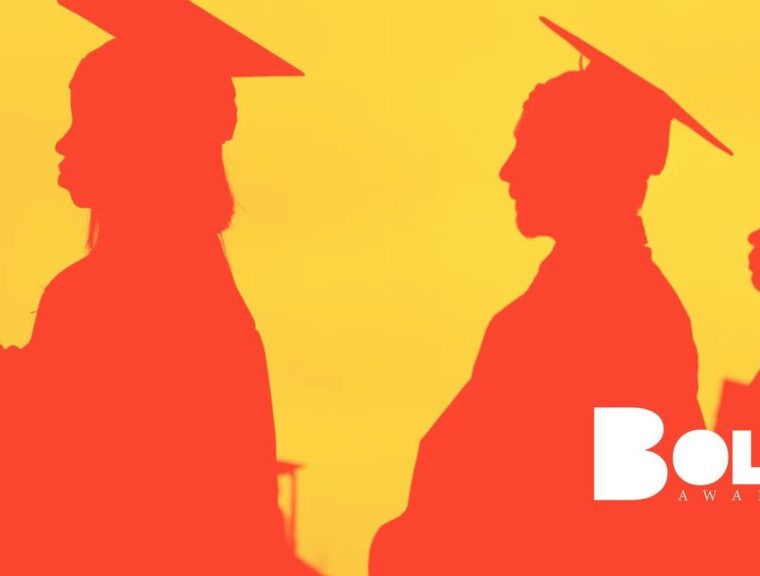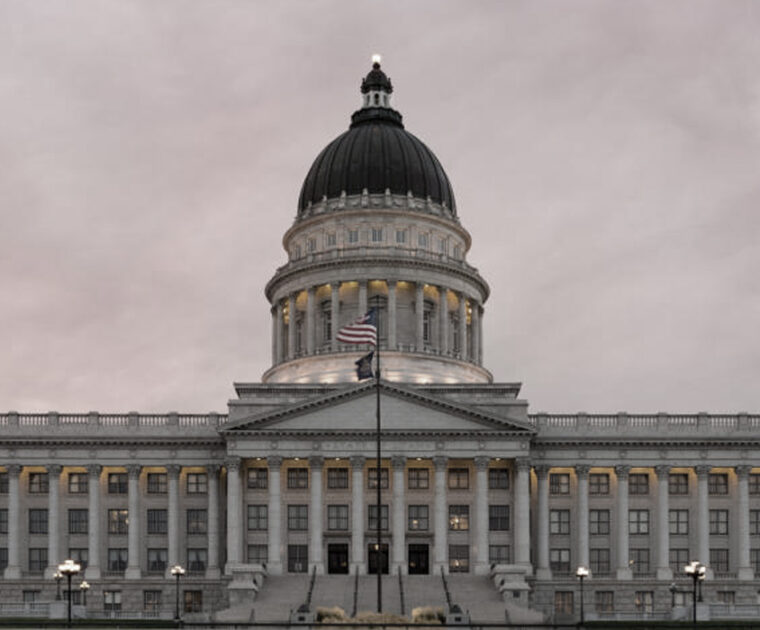American Colleges And Universities Before And After Coronavirus
It’s hard, today, to see beyond coronavirus and its effects on our daily lives. But, if America and her citizens are to thrive, we must increase rates of college-going and keep American universities strong. The bridge to the American Dream and the key to America’s economic competitiveness since World War II have been access to a college education and the strength of our universities, including their research and innovation capacity.
Even before coronavirus and the severe economic slowdown, many of our country’s colleges and universities were struggling. A decade-long, annual downward trend of approximately 1% in the number of college-age and college-prepared traditional students in the US has limited higher education enrollment. Additionally, a significant drop in newborns during the Great Recession, foreshadows a 12.5% drop in the student population, just 7 years away. For the last 10 years, colleges have made up some of the tuition gap with international students, but visas for international students are harder to get, we have seen declines already, and coronavirus is likely to drastically reduce international enrollments across the globe. Colleges are not prepared for the declines in enrollments and revenue. Already, we have witnessed many closures and increased concerns about sustainability.
Add coronavirus into this highly challenging ecosystem and it’s not hard to predict where higher education is headed. Many campuses will see decreased room and board revenue in the short term. Even more significant long-term may be the impact on enrolling new students. Though the Ivy League and their competitors are sought out by many, the bulk of Americans are educated at thousands of public and private institutions across the US, most without the kind of name and brand recognition that can weather this storm. Engaging the bulk of those students, and especially in a “small college” experience, happens largely at college fairs and campus open houses. None of those are happening now. Not surprisingly, we are seeing reports that as many as one in six high-school seniors are reconsidering their plan to enroll in college full-time this fall. So enrollment will decrease further, putting some colleges closer to the brink of insolvency, and some will be forced to close doors for good.
Too many students who could succeed in college, flourish, and contribute both to our economy and to our citizenry may be left behind. Too many institutions that serve students well will not survive without some innovative solution. The bridge to economic mobility in our nation, the foundation of the American Dream, could crumble—succumbing to both short- and long-term challenges.
That’s the bad news.
How We Can Help
There is a way forward through an entrepreneurial solution, one that is not free-college but a safety net that encourages students and families to invest in themselves. It’s a novel product we have developed. We call it American Dream Insurance.
Because many of the challenges higher education faces pre-date this most recent systemic shock, we have been working on a solution for a couple years.
Higher education is the largest uninsured investment market in the world, but we can build a hedge against the risk of graduation in a bad economic climate and encourage students to attend college under all circumstances. Very consistently, a college degree is a superb investment in one’s future. The biggest financial risk to the student is the state of the macroeconomy in the graduation year. Graduating into a recession impairs earning power over a prolonged period. To that end, we’ve created American Dream Insurance to guarantee student outcomes in the 5 years following graduation.
Our product works like this. Colleges—or consortia of colleges, state, or even federal government—can buy American Dream Insurance to cover an incoming freshman class at a particular set of schools. Students at the covered schools are given coverage levels based on the major they are awarded at graduation. A physics graduate, for example, might be guaranteed on average $55,000 a year after graduation. A business major might be covered for $41,000 a year. As you’d expect, the exact coverages and costs will vary by school and by major. Those students then work hard and graduate. After graduating and entering the workforce, if they do not earn what we’d promised in the 5 years after graduation, we cover the difference.
A product like ours can provide certainty in a period of economic uncertainty, unlocking long-term thinking among a generation that is at risk. Students who might otherwise be skittish to enroll will do so. And knowing the guarantee is there if you graduate will put upward pressure on graduation rates, encouraging greater college completion. Graduation and employment are major factors in student loan repayment, long-term economic growth, and the welfare of millions of American families.
Though we are working with the relevant state and federal regulators to authorize our insurance model for countless colleges and universities, we can also create solutions that transcend a particular college. For example, we estimate that for $100M, we could guarantee the outcomes of every new student at an HBCU in America this year. For around $14M, and with the necessary regulatory approval, we could guarantee the outcomes of every public college student in Idaho. Under that model, states, NGOs, and even the federal government could purchase insurance today that would let colleges begin marketing this guarantee immediately and shore up their enrollment numbers. There are many structures that could work to provide this relief.
Regardless of which avenue we choose, if we act swiftly, we can buoy up this key part of our economy and America’s future.
American Dream Insurance is as shovel-ready as anything we could do to save America’s system of higher education and continue supporting millions of American families on their march to the middle class.
CEO Wade Eyerly and President Dennis Murashko co-founded Degree Insurance. Dr. Chuck Staben is a former President of the University of Idaho.






Leave a Reply